Media
Smart Scientists
At BASF, we are proud of our scientists.
They drive innovations and help us change the world we live in for the better. Our innovation strength is based on our global team of about 11,000 qualified employees with various scientific specializations. We want to give you the opportunity to have a look behind the scenes of BASF R&D and get to know our experts who create chemistry for a sustainable future.

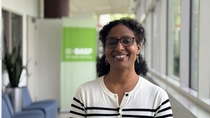
.png)
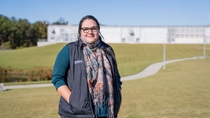

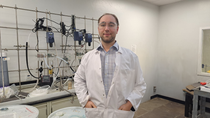
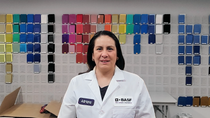

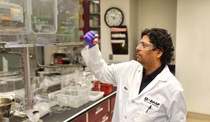








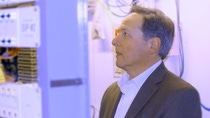
.png)


